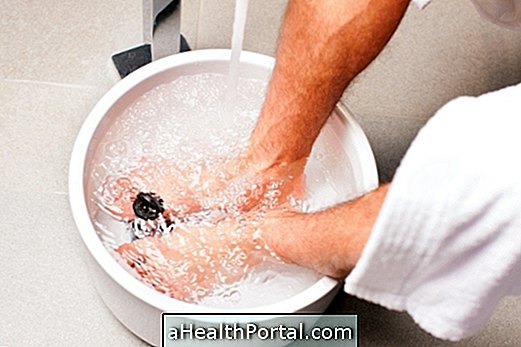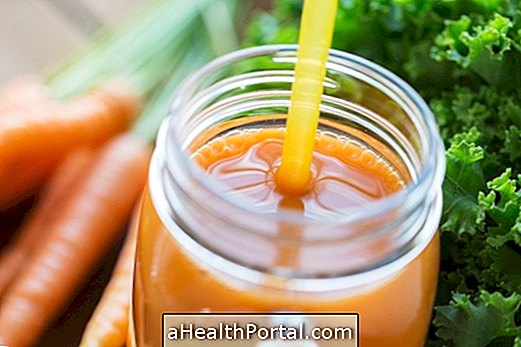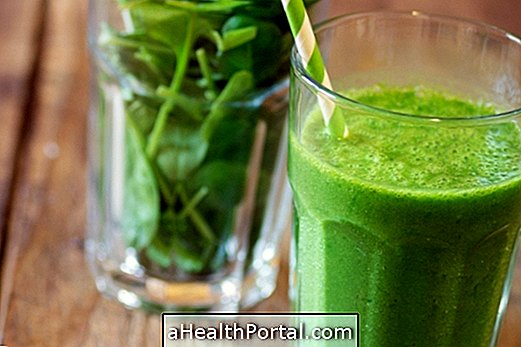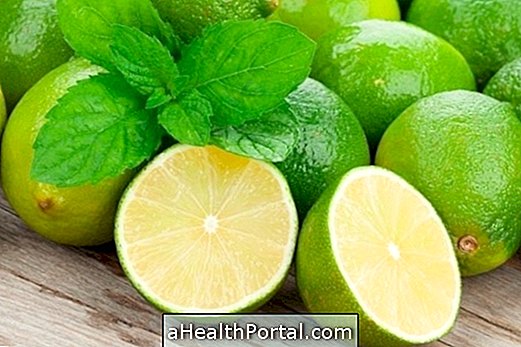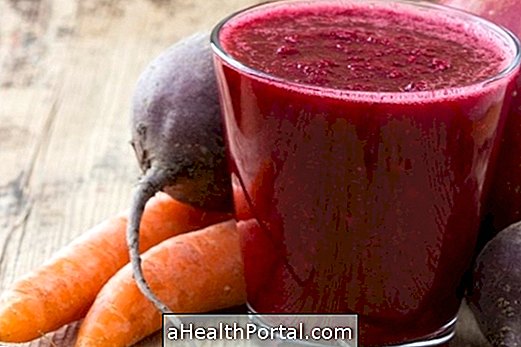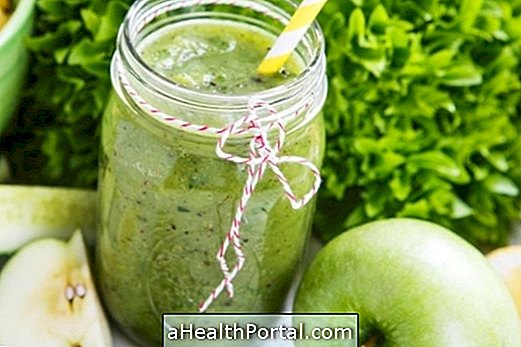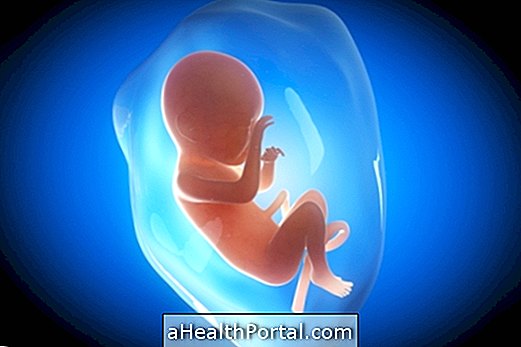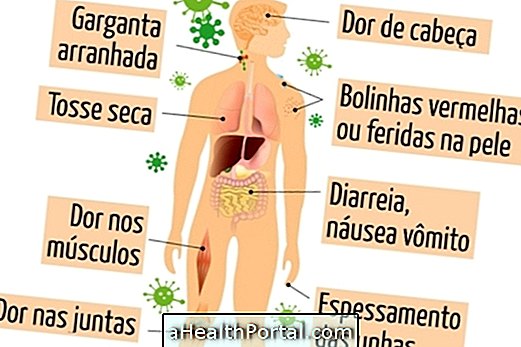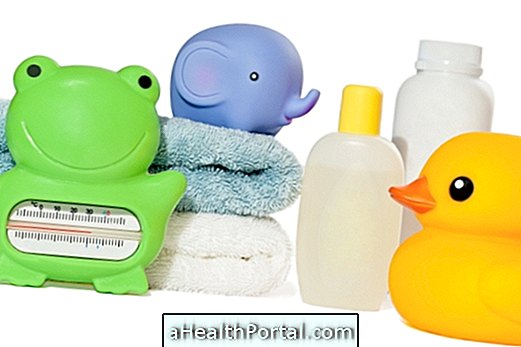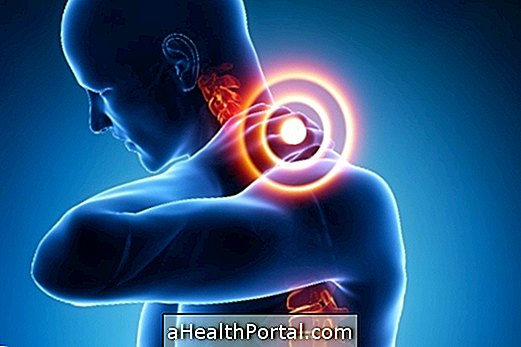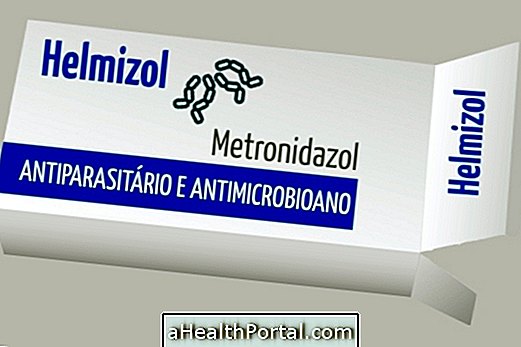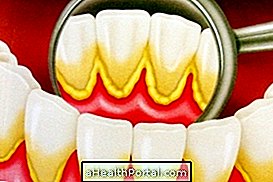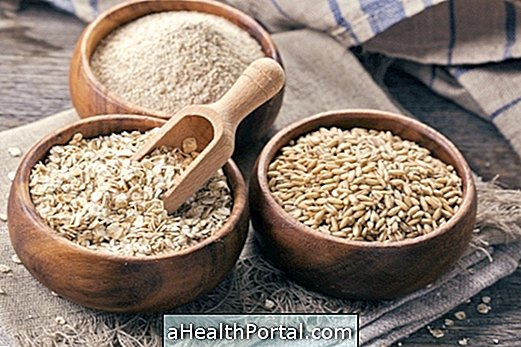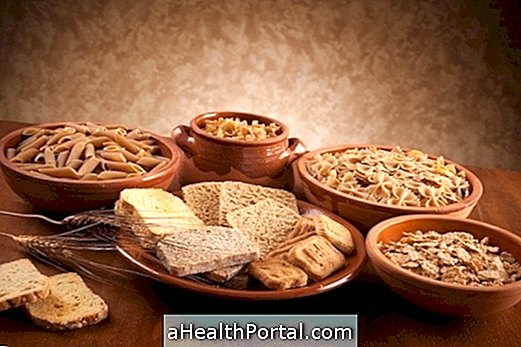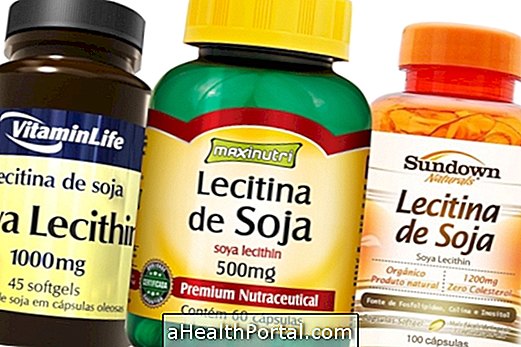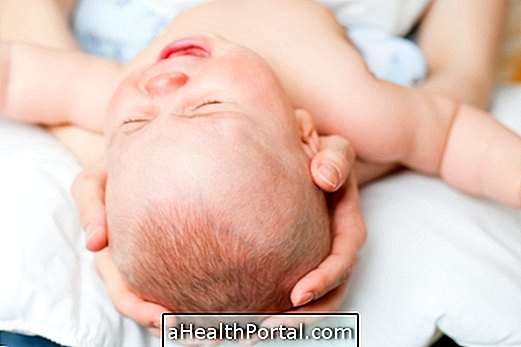Mastitis is an inflammation of the breast, common during breastfeeding, which usually occurs in the second week after birth and causes severe pain and discomfort, often leading to breastfeeding.
This inflammation can happen due to milk accumulation in the breast or due to the presence of microorganisms that may have reached the mammary ducts, due to a crack in the nipple, for example.
The most common cause is milk accumulation, which can happen due to many factors such as baby not sucking at night, baby not sucking the breast properly, use of pacifiers or baby bottles that confuse the baby, because the way Snatching the breast is completely different from taking a bottle, for example.

How to recognize the Symptoms of Mastitis
Mastitis produces symptoms of breast engorgement such as:
- Fever above 38ºC;
- Chills;
- Malaise;
- Mouth swollen, hardened, hot and reddish;
- Intense pain in the breast;
- Headache;
- Nausea and vomiting may be present.
Untreated mastitis can progress to breast abscess and the need for drainage surgically. If you experience these symptoms it is important to seek medical advice as antibiotics, analgesics and anti-inflammatories may be necessary.
Some situations that favor mastitis are fatigue, stress, working outside the home, and especially the way the baby picks at the breast because this can cause cracks in the nipples and the extraction of the milk can be impaired always leaving some trace of milk still in the breasts .
Thus, for a woman to be able to breastfeed correctly, without pain or discomfort, it is advisable to seek plenty of information about breastfeeding and the correct way to get the baby to breastfeed, with doulas and nurses who specialize in obstetrics.
How To Treat Mastitis
Treatment for mastitis should be instituted as soon as possible because when it worsens it may be necessary to use antibiotics or even a surgical intervention. Treatment involves:
- Rest;
- Increased fluid intake;
- Use of warm compresses in the breasts, before removing the milk;
- Analgesic and anti-inflammatory medicines like Paracetamol or Ibuprofen to relieve pain and reduce inflammation;
- Emptying the infected breast through breastfeeding, manual extraction or the use of the pump to draw milk.
The use of antibiotics for 10 to 14 days is indicated when the involvement of microorganisms, usually S. aureus and albus, is confirmed.
Home Treatment for Mastitis
During the treatment indicated by the doctor, some care is essential, so it is recommended:
- Breastfeed several times a day to prevent milk from accumulating in the affected breast;
- Use a firm and just breastfeeding bra to prevent the body from producing too much milk;
- Massage the breasts before breastfeeding, to facilitate the exit of the milk. Here's how massage should look.
- Observe if the baby is completely emptying the breast when finished nursing;
- Remove the milk manually or with the pump if the baby has not completely emptied the breast.
Although mastitis causes pain and discomfort, it is not advisable to discontinue breastfeeding because breastfeeding helps treat mastitis and brings many benefits to the baby, such as reducing allergies and colic. However, if the woman still does not want to breastfeed, she should withdraw the milk to continue emptying the breast, which brings a great relief of the symptoms.
Signs of improvement or worsening
The woman can see if she is improving because the breast becomes less swollen, the redness disappears and there is relief from the pain. The improvement may occur within 1 or 2 days after starting treatment, with or without antibiotics.
Signs of worsening are increasing the severity of symptoms, with pus or cysts forming in the breast, which usually occurs when the treatment is not done or until antibiotics are started under medical supervision.
Possible Complications
If it is not properly treated the infection can worsen and the pain becomes unbearable, totally preventing breastfeeding and even manual withdrawal of milk. In this case the breast may be so inflamed and with so much milk accumulated that it may be necessary to drain all milk and put surgically.
